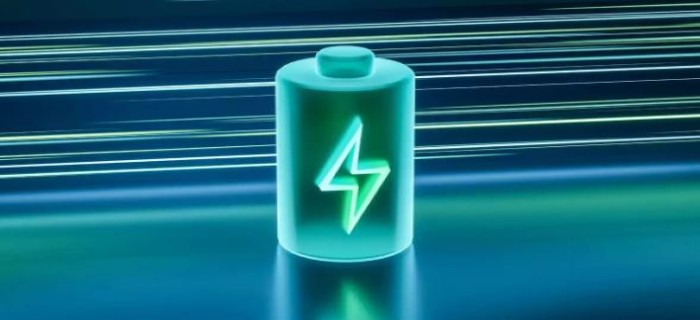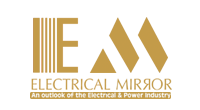
India's Lithium-Ion Battery Demand Projected to Reach 127 GWh by FY30
20 Nov 2024
The demand for lithium-ion batteries in India is expected to surge, reaching 54 GWh by FY27 and 127 GWh by FY30. This growth is driven by the country's ambitious goal to fulfill 50% of its primary energy needs from renewable sources by 2030. At present, nearly all of the domestic demand for 15 GWh of lithium-ion battery storage is being met through imports of lithium-ion cells and batteries.
India imports nearly all of its required Li-ion batteries. However, some rating agencies project that the country’s reliance on imports will decrease to 20% by FY27, even with a substantial rise in demand, driven by the development of large-scale integrated capacities being built for Li-ion battery storage.
The significant rise in demand is primarily fuelled by the anticipated growth in electric vehicle adoption and the decarbonisation of the power grid, supported by ambitious government targets and policies/incentives from both central and state governments, the report stated.
The government has implemented various demand-side initiatives, including the Faster Adoption and Manufacturing of Electric Vehicles (FAME) scheme and the Viability Gap Funding (VGF) scheme for Battery Energy Storage Systems (BESS), which have helped in minimizing the costs of electric vehicles and BESS, thereby stimulating demand.
The government has set a goal of reaching 30% EV penetration in annual sales by 2030. India has already allocated 40 GWh of integrated battery capacity under the Production-Linked Incentive (PLI) scheme, and the remaining 10 GWh is expected to be allocated soon.



leave your comment